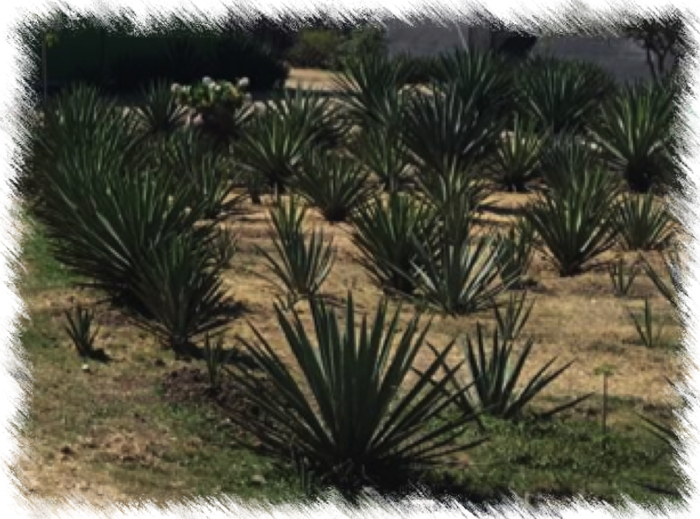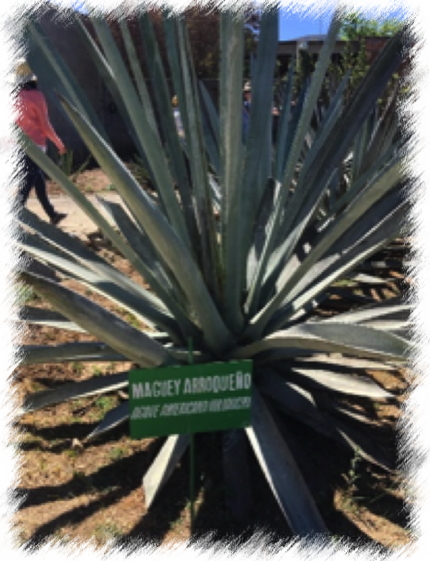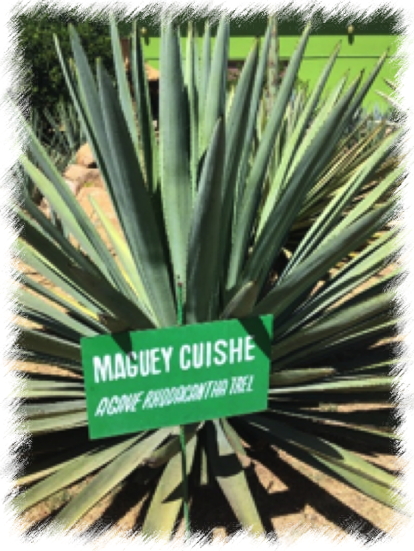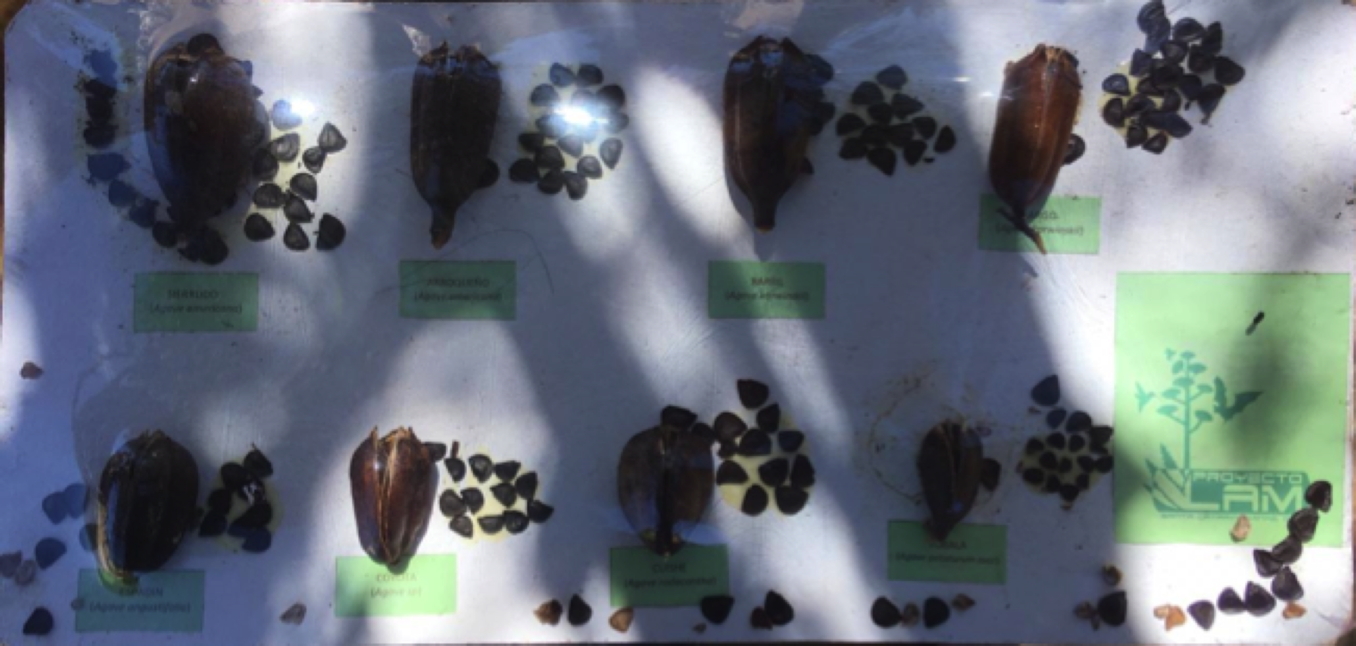
| Offered Every Friday 9:00 am to 4:30 pm
Included: Transportation, guide, samples
|
|
|
The community of Santa Catarina Minas, in the district of Ocotlán, Oaxaca, is known for the traditional production of mescal and in that town there are a great variety of species belonging to the genus Agave. It has a population of about 1,800 including people between the ages of 17 and 70 who work with the maguey (agave) alongside master mescal makers who have more than 50 years experience working with traditional methods and technology adapted to the regions specific socioeconomic and agro-economic circumstances. |  |  | The Agaves reproduce both sexually and asexually. The sexual reproduction is achieved via pollenization by various animals such as flying foxes and to a lesser degree insects such as moths, bees, and birds. Asexual reproduction occurs as clones grow on various parts of the plants flowering rosette.
The flowering of various species of Agave start in February with the fruit appearing from March to July. Germination of the seeds begins with the start of the rainy season. However, other species produce seeds from October to December and those seeds will remain dormant until the following rainy season.
To obtain good quality seeds, you must select the tallest plants with large rosettes as well as making sure the plants is free of diseases and pests. Then the fruit that is yellow and that has not yet released its seeds is collected. Due to high relative humidity in the region, it is necessary to dehydrate the collected fruits in paper bags at a temperature of 25°C for three weeks to avoid to prevent fungus from attacking the seed pods and to facilitate the opening of the fruit and the release of the seeds. As the seeds are released, they are classified on the basis of color since a fertile seed is black and an infertile one is white.
|  |
|
Schedule: We head for the community of Santa Catarina Minas leaving at 9:-00am and expect to arrive in about 50 minutes. Once we arrive, we will take a moment to use the washrooms, apply sunblock and put on hats before heading out to the fields where we will be introduced to the different agave species grown in the community (about 19 species such as A. Angustifolia Haw, A. Potatorum Zucc. A. marmorata, A. Karwinskii Zucc. and A. Americana to name a few). After getting to know the species, we will discuss the reproduction of the plants and learn about the plant's life-cycle. We will talk about how to grow agave using responsible cultivation techniques and about sustainable mescal production.
After that, we will visit the place where they make the mescal where we will encounter the conical ovens in which they bake the hearts of the agave. We will then see the process of grinding or crushing the agave hearts with a pestle, and learn about the fermentation and distillation processes. We will learn the process, step by step, that occurs in a Palenque (mezcal producer).
|
|
| Finally, we will taste the mezcal in gourds to appreciate the different aromas. This will be followed by a tasty lunch in the market in Ocotlán or in a local restaurant. We will return to the city of Oaxaca by about 4:30 in the afternoon. |
|
| From the agave, they produce two types of beverages. One is extracted from the living plants and consumed fresh like sweet water (aguamiel) or fermented into pulque. The second beverage is distilled into mezcal or tequila, both of which were developed after the arrival of the Europeans. When the plant matures, the starch and sugar content increases in the base, stem and leaves of the plant giving them a pleasant taste and making the drink more palatable. |
 |
 |